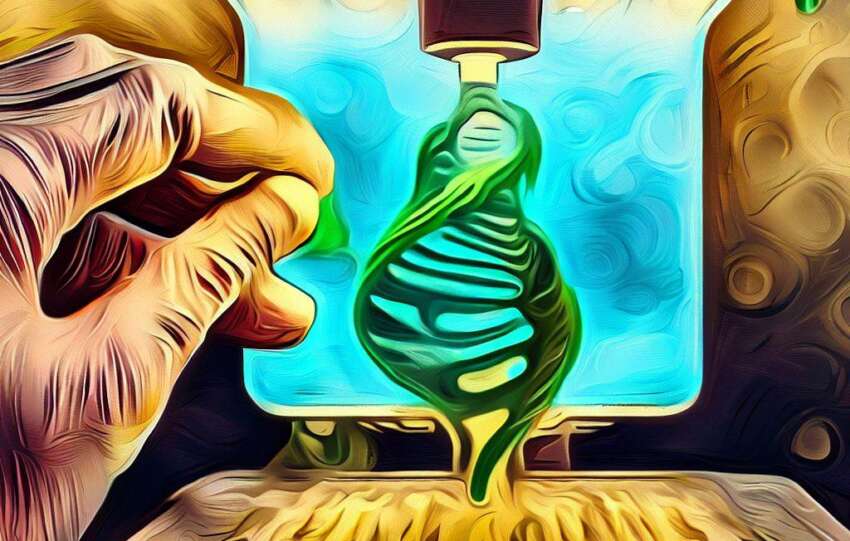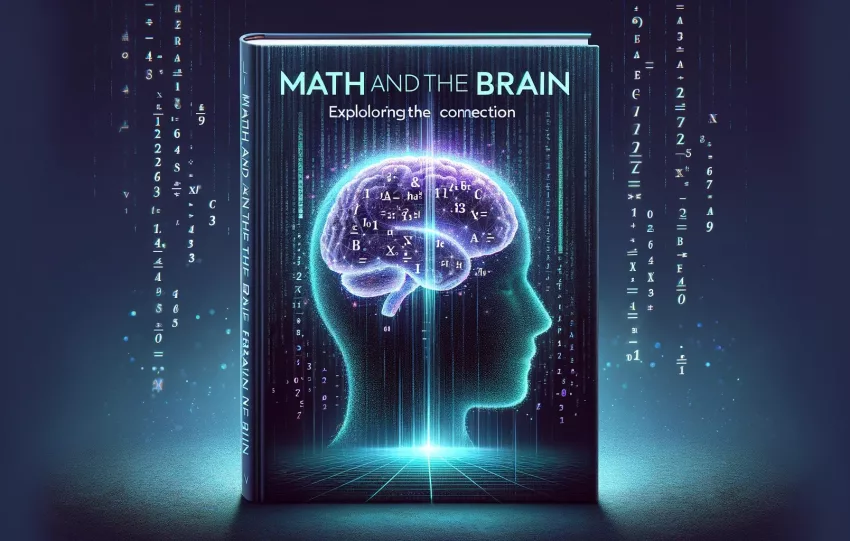Ever since the first human stubbed a toe and thought, “Ouch, that’s decidedly not ideal,” we’ve been on a relentless quest to cheat death and make life a little bit (or a lot bit) more comfortable. Immortality enthralls the human imagination and has seeped into the annals of our myths, literature, and now, our laboratories. Ponce de Leon is said to have scoured the New World for the Fountain of Youth (although this has been contested as more fiction than fact). The ancient Chinese emperors swallowed mercury, ironically hastening the death they aimed to avoid, all in search of an elixir for immortality. And who can forget our collective fascination with vampires, forever young, roaming through centuries untouched by time?
In the context of such age-old fantasies, our foray into a brave new world of biology comes as no surprise. Biohacking — a term that invokes images of coding genomes and body mods. A world where we “hack” our bodies to outperform general expectations. This is not the wicked witch’s guide to immortality. We’re not talking magic potions, secret springs, or vampiric rituals. Biohacking is the intersection of biology and the classic hacker ethic — the idea that a deep understanding of a system can allow us to manipulate it, break it, fix it, and make it our own.
In the case of biohacking, the system our own bodies. It’s human will against the molecular machinery of aging, the ultimate challenge to nature’s default settings. But is it wise to try to cheat the grandmaster, Father Time himself? And if so, how far are we ready to push our luck?
Biohacking: An Overview
Biohacking, in its simplest terms, is the marriage of biological understanding with the spirit of hacking. This audacious attitude towards our biological selves encourages us to think of our bodies not as static temples, but as experimental playgrounds ripe for tweaking and modification. It’s about wresting control from nature’s hands and seizing the helm of our own biological destiny.
It exists on a spectrum — from the seemingly innocuous to the arguably outlandish. At one end of the spectrum, we have the DIY biology, which includes nutritional hacks, sleep optimization techniques, and fitness routines designed to optimize physiological performance. This is the sort of biohacking that could be practiced by anyone with a basic understanding of their biology, a willingness to experiment, and an app to track their heart rate variability.
In the middle, we find the more daring transhumanist ideals, where the lines blur between humanity and machinery. Here, the so-called “grinders” push the envelope, implanting microchips, magnets, and other devices into their bodies to extend their human capacities. And finally, at the cutting edge, there’s genetic biohacking using advanced technologies like CRISPR for gene editing, pushing the boundaries of what we ever imagined possible for our species.
The Science Behind Bio-Hacking
Unraveling the mystery of aging is akin to solving a Rubik’s cube blindfolded — complex and at times seemingly impossible. However, years of scientific research have illuminated key aspects of this process.

Biohacking for longevity aims to interfere with these biological processes to slow down, halt, or even reverse aging. Nutritional and sleep biohacks, for instance, can help reduce oxidative stress and influence epigenetic factors. Genetic biohacking, on the other hand, is targeting the root causes of aging itself, with techniques such as CRISPR being used to edit genes associated with aging and telomerase being investigated as a means to extend telomere length.
As the science of aging becomes clearer, the biohacking toolbox grows, presenting us with new opportunities and challenges. It’s an exciting time, to say the least, but we should always remember: meddling with the machinery of life is not for the faint-hearted.
Futuristic Biohacking in Action: Part-Genius, Part-Madness
In the quest for health optimization and life extension, biohacking has ventured beyond traditional boundaries, revealing a fascinating future filled cutting-edge technologies — from microchip implants that allow you to control devices with your mind to synthetic biology startups creating personalized probiotics for gut health. “Grinder” biohackers self-experiment with body modifications like night vision eye drops and magnetic finger implants.
In recent years, a new breed of luxurious biohacking clubs have sprouted, enticing the global elite with an array of scientifically advanced, high-end interventions. These establishments serve as playgrounds for the ultra rich in their race against time. Consider New York’s Remedy Place, for instance, where a monthly fee of $595 affords members access to a suite of health-boosting therapies such as oxygen pods and IV vitamin drips. Toronto’s Longevity House takes the cake for exclusivity, with a one-time membership fee of $100,000 for access to a range of therapies from breath training to AI-driven cardio and oxygen variability training. The wealthy and famous frequent these clubs in a race towards bio-optimization and a potential shot at immortality.
However, these rapid and rarely regulated (no FDA here) advancements also brings with it a Pandora’s box of complexities. With each revolutionary intervention comes the possibility of unintended consequences. In this uncharted territory, many adopt biohacks that skirt the edge of safety, ethical considerations, and even the law. From Phil Libin’s fasting routine that boasts of “euphoria and energy” after eight days without food to Bryan Johnson’s intake of over a hundred daily supplements, these experimental methods have raised serious concerns. Besides their questionable scientific backing, they also pose significant health risks such as hypoglycemia, kidney damage, and unforeseen metabolic responses.
And in true trickle-down fashion, these high-risk behaviors haven’t remained exclusive to the elite and affluent. The biohacking movement has spawned a subculture of “garage scientists” peddling DIY gene-editing kits online. These kits often lack rigorous safety and efficacy checks, and their use raises numerous ethical and biosafety concerns, especially considering the potential for misuse and the inherent risks of self-administration.
This murkiness within the biohacking space arises from several factors — uneven access to technology, the risks of DIY biohacking, and a lack of comprehensive regulation. Here, the lines between genius and madness, pioneers and guinea pigs, continually blur. It’s also crucial to consider the ethical dilemmas arising from such practices. Unconventional methods, like Bryan Johnson’s experimental blood transfusion from his 17-year-old son, underscore the need for ethical scrutiny and stringent regulations.
Ethical implications abound, from potential harm in human experiments to the very real risk of creating an elitist longevity divide. It’s a complex quagmire. How do we encourage innovation and exploration while ensuring safety and fairness? How do we keep the scale balanced between life-altering breakthroughs and ethical integrity? As biohacking continues to push the boundaries, it’s clear that society must grapple with these difficult questions to navigate the path forward effectively.
Hacking Away: The Way Forward
Intricately woven into the human psyche is the age-old desire for immortality. This pursuit isn’t merely a race against time — it’s a quest for understanding, a testament to our relentless curiosity. Biohacking, in its essence, embodies this human yearning. It opens doors to potential marvels like enhanced physical abilities, slowed aging, and disease resistance, propelling us into areas of exploration we’re only beginning to comprehend.
At the same time, it is important to ensure that this exploration is both responsible and scientifically rigorous. This means acknowledging the perils alongside the potential, tempering our enthusiasm with ethical considerations, and ensuring our actions are informed by robust research rather than conjecture. It means regulating practices to protect individuals from harm and society from the emergence of a longevity divide. It means fostering a culture of transparency, where findings are shared openly and the lines between genius and madness are clearly defined.
Whether we see biohacking as the brave march towards an optimized humanity or a dangerous dalliance with our very essence, it’s a phenomenon that demands our attention. As we boldly venture into this brave new world, we should remember to tread wisely and pack a healthy dose of humility for the journey.
____________
Written by: Ateendriya





